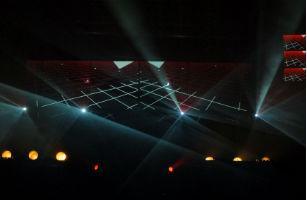 10 years ago the industry bet on new developments with the first projector with a network connection. Today we are witnessing a peak moment of connectivity, because all devices can talk to each other.
10 years ago the industry bet on new developments with the first projector with a network connection. Today we are witnessing a peak moment of connectivity, because all devices can talk to each other.
By Nelson Baumgratz*
Cloud computing, building automation systems, AV-IT integration, intelligent distributed control systems, will all of that be an uneven set of concepts or is there something else going on right now?
We live in a very special time, where drastic changes are anticipated, not only of technologies, which continue in continuous and impressive development but, more importantly, of paradigm shifts.
Fritjof Capra, a contemporary Austrian physicist and philosopher, teaches us: "A paradigm is a constellation of concepts, values, perceptions and practices shared by a community, which forms a particular vision of reality that is the basis of the way a community is organized."
In our global AV community we are already experiencing many of these changes. For example, we came out of the era of selling "boxes" for the era of selling solutions, of the integration of AV systems.
A little more than 10 years ago, InfoComm pointed out the new route, going on to present itself as an exhibition of systems integration and, like its members, began to talk about selling solutions, not more about selling "boxes".
However, at infoComm 2001, the first projector with a network connection was exhibited, and today it can be said that we have already reached a peak of connectivity, and all devices can talk to each other. In this way, we are now presented with the "Net-Centric" era, or network-centric.
Randal Lemke, Executive Director and CEO of InfoComm International, in his webinar on February 16 presented with extreme clarity how the first transition was processed, and how now AV companies must prepare to live in a world where everything is digital - audio, video and control, where everything already has a single and simple way to travel: the network.
In that new world, the customer began to look for more functionality, and connectivity became increasingly important, where facility managers and architects and design consultants became increasingly influential in AV system design decisions.
Thus, the AV will be more software-oriented, with fewer boxes and connectors, and to meet the needs of end users must continue to meet the requirements of the rooms where it is applied.
But, when talking about rooms, we open the second concept that I want to enunciate here, the opportunity and the challenges that building automation systems ("BAS" or Building Automation Systems) can present to the AV world.
Perhaps the integration that is glimpsed today is much deeper and those who are inattentive will not perceive it - the fact that the network does not serve only the AV and IT universes, but can also serve as a means for the entire control of building systems - from mechanical systems (HVAC, conventional lighting and others) to systems considered low voltage (voice and data, alarm and security, audiovisual and special lighting).
If we consider the network as the global means of transporting the data of these systems, it would be natural to imagine that all these systems can be controlled in a single and integrated way.
Total convergence
On January 6, 2010 InfoComm presented the study "Building Automation - Opportunities and Challenges for the Audiovisual Industry", Acclaro (www.acclaropartners.com).
It teaches that most likely, although they continue to exist separately, AV, lighting, voice, data and other trades will ultimately be under a new "umbrella" trade, perhaps called "Building Control Management", or "Intelligent Building Design and Management".
Right now there are forces that support and others that hinder the movement of the AV trade in the direction of the world of building automation – for example, AV professionals are already recognized as leaders in the field of smart homes, but we are not the first to be called when making global design decisions of buildings.
According to the Acclaro study, in two or three years at most, the concept of BAS will already be common, with users requiring more and more integrated systems.
In five years, with the wider adoption of sustainable design concepts and "green" buildings, it will become a priority to have all the different systems operating under a single control system.
After ten years, we will have full convergence, with standards, certifications, protocols and best practices to ensure full interoperability.
The vision of Manuel Montoya, director of Crestron Latinoamericana, is that "the BAS concept has reached us, and is beginning to pressure part of our AV industry to specialize in, for example, energy saving and management, in wired and wireless network solutions, video conferencing, and other specialized that in past years were looking for a commercial ally to solve it, now our AV integrators are becoming integrators of technology solutions, managing to capture greater business opportunities for them and manufacturers.
It's time to think about and use complete dynamic automation systems, which help building managers operate, manage and control lighting systems, blinds, HVAC, audio, video, security, etc., from a single software or platform that allows them to monitor, control and schedule events from anywhere in the world where they are, and in this way save energy by turning off AV equipment, lights and motors.
When the enclosures are not occupied, census whether or not there is presence of people or simply by schedules.
There are thousands of examples that are already being applied for energy saving, the most important issue these days, but if we are going to think about a smart building, let's build and design smart solutions that coordinate and maximize all systems with real integration and efficiency."
Changing paradigms
In an integrated AV-IT-BAS world, another paradigm to change will be the distribution of intelligence between systems. Engineer Gabriel Ubirajara, an expert in network technology and executive director of NeoControl in Brazil, explains that the concept of the network equipped with intelligent equipment connected to each other, generating a mesh of distributed intelligence is a trend.
"We think distributed systems are more robust, reliable and flexible than centralized ones. Today we can see that the BAS concept is applied to a wide variety of buildings from residences to shopping malls."
The engineer added that "In the distributed topology, processing and memory are present in actuators and input devices such as sensors and IHM interfaces (Human Machine Interfaces).
Thus, the processing capacity and memory are increased with the number of networked devices in a proportional way, that is, problems such as delays and configuration limitations are not present in this topology."
Therefore, robustness and reliability can be tested once the networked devices do not depend on a central. An eventual problem on a device does not compromise the functionality of the system. Distribution can also add redundancy concepts. Thus, in the occurrence of failures, one device can do the work of another."
A third feature of this topology is the possibility of having an autonomous system where there is a change of information between devices (inputs and actuators) in a neural network concept.
The neural network is an artificial intelligence capability that can reach conclusions from indirect variables and make decisions without user interference.
A common example is the communication of sensors and actuators to reach the conclusion that there is a person in an environment of a building. A door opening sensor is activated and the presence sensor consequently deduces that a person entered the building.
The presence sensor now communicates that there is no presence of someone but the door sensor has not yet been activated, then, it can be concluded that the environment is still inhabited, then you can not turn off the lights or detach the air-conditioning, for example.
With the use of biometric interfaces in a neural network it is also possible to know which person is in each place. That's very important for logistics, safety and sustainability in commercial or residential buildings."
BOX
UBIQUITY OF AV
Will we live in a world of AV × IT competition × BAS, or will we take advantage of integration and convergence, and learn new trades, new technologies and new knowledge that will allow us to continue in the market at the forefront of our competition, and as a reference of quality and cutting-edge technology?
The market for technology as a whole continues to grow, and that means more sophisticated systems every time, where the ubiquity of VA continues to grow as a result of the links that AV and IT are making to each other over the network.
As Randy Lemke rightly pointed out, in a new world of cloud computing, managed services, and everything IT is trying to do, AV remains the interface between systems and the end user. Although everything is digital now, the last link in that chain – the user – remains analog, at least until we all become Robocops!
We in the AV world are the ones who have the most experience in the construction of solutions and languages that maximize the communication and interaction of the 'analog' client with the systems, and that allows him to enjoy the resources that they offer.
AV companies that manage to expand, or change their paradigm, becoming AV-IT-Control companies, that learn to present themselves to the market as providers of AV solutions for IT, meeting their requirements for security, bandwidth and reliability, and that master reliable and versatile Intelligent Control solutions, will be those with the most potential to achieve lasting successes and show themselves in front of the world of integrated technology.
*Civil engineer, CTS-D, architect and electronics technician, has a partnership in an AV consulting company in Brazil, called "EAV – Engenharia Audiovisual" (www.eav.eng.br) - certified AVSP Diamond by InfoComm - where they develop designs of audiovisual systems, integrate AV systems and prepare customized technical training. Since January 2008 he is a member of the faculty of the InfoComm Academy.











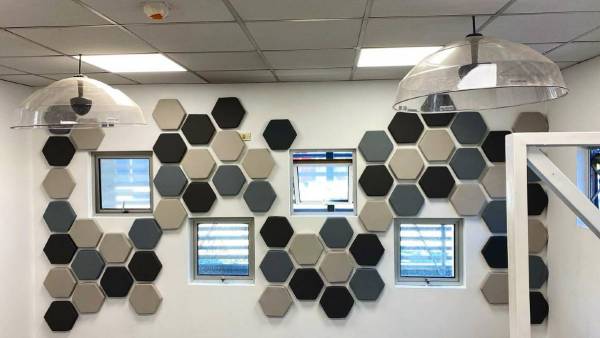
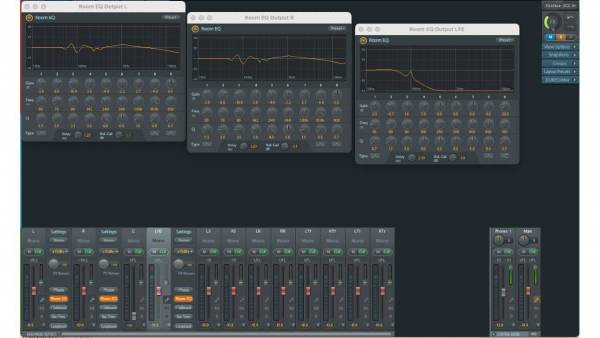

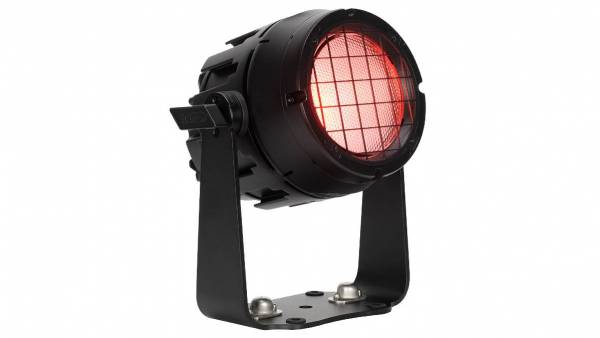

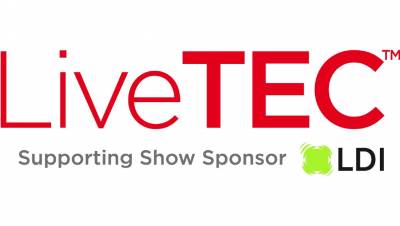








Leave your comment